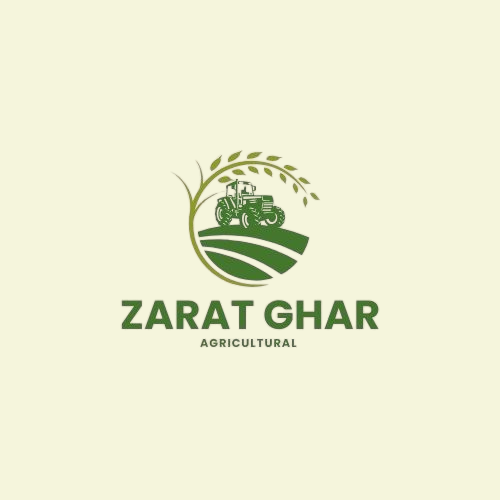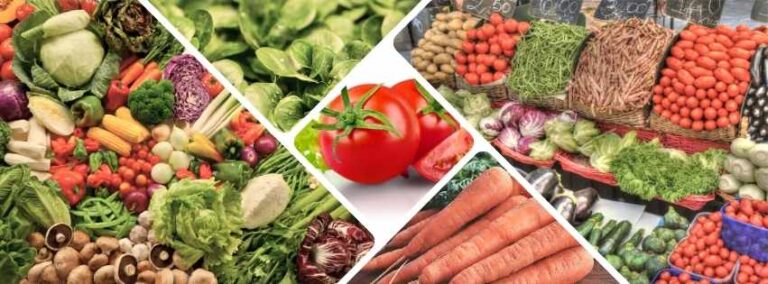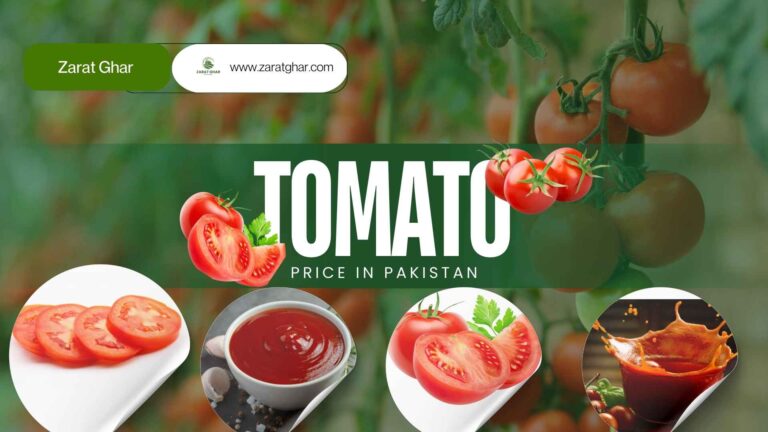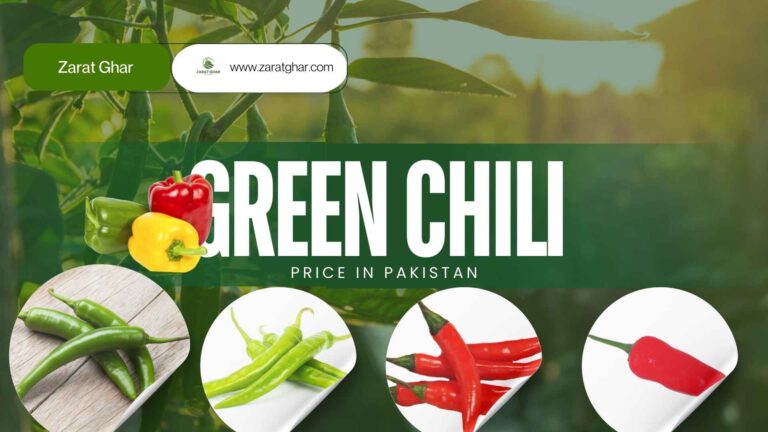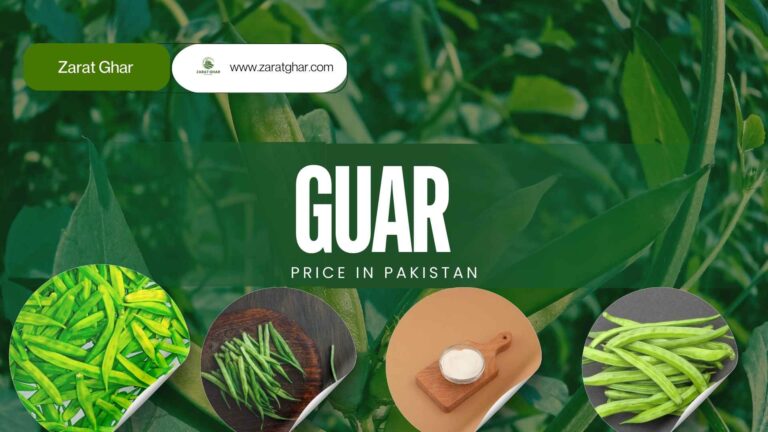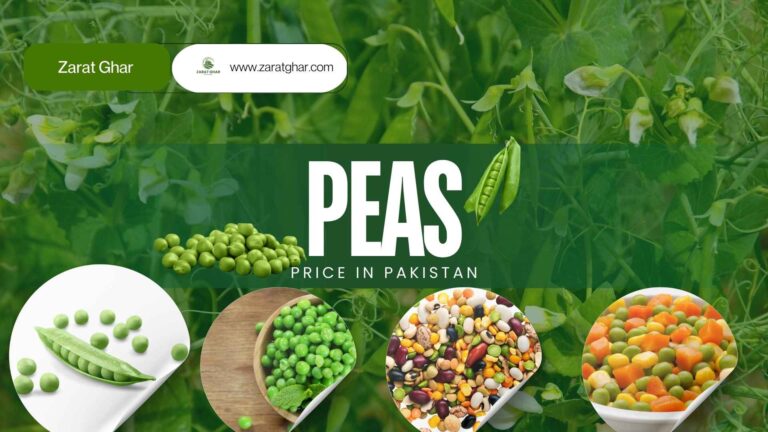Potato Price Today in Pakistan | December 2025
As of 2025 the potato price in pakistan within the range of PKR 60-100 per 1 kg . This varies from city to city and depends on the supply within that area. Major cities such as Lahore, Karimabad, and the Capital Islamabad tend to have pricier markets due to the cost of transportation and storage.
🥔 1 KG Potato Price in Pakistan Today (August 2025)
| City | Minimum Price (Rs.) | Maximum Price (Rs.) | Average Price (Rs.) |
| Lahore | 70 | 85 | 77 |
| Karachi | 75 | 90 | 82.5 |
| Islamabad | 65 | 80 | 72.5 |
| Faisalabad | 60 | 75 | 67.5 |
| Peshawar | 60 | 70 | 65 |
| Multan | 65 | 78 | 71.5 |
| Rawalpindi | 68 | 82 | 75 |
| Quetta | 70 | 88 | 79 |
| Hyderabad | 72 | 86 | 79 |
| Sialkot | 62 | 76 | 69 |
In Pakistan, potatoes are considered one of the most important staples on a national level. This staple food is a household favorite and enjoyed in traditional dishes such as Aloo Gosht and Samosas, and even as French fries. However, what is of utmost priority to both the consumers and traders is the potato price in Pakistan which changes considerably during the growing season, the weather, and the overall demand in the market.
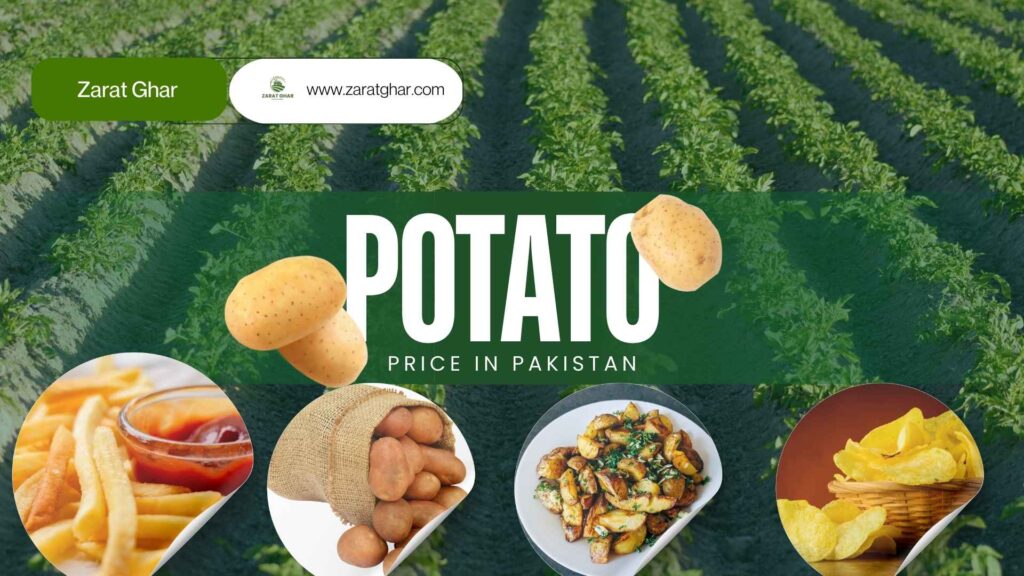
See Also;
we will look into the trends of potato prices in Pakistan alongside the primary potato harvesting periods and the underlying reason behind such volatile prices. Furthermore, we shall discuss the differences across regions, the issues concerning storage, and the adaptation strategies for both consumers and farmers.
Potato Growing Seasons in Pakistan
Potatoes in Pakistan are grown throughout the year, but their prices fluctuate according to the season:
- Spring Crop (Rabi Season)
- Planting: January to February
- Harvesting: April to May
- Regions: Punjab (Okara, Sahiwal, Pakpattan)
- Market Impact: This crop helps stabilize supply, lowering the potato price when fresh produce floods the market.
- Autumn Crop (Kharif Season)
- Planting: September to October
- Harvesting: December to January
- Regions: Central Punjab and Sindh
- Market Impact: This crop supplements the market during the winter months, affecting the potato price in Punjab.
- Summer Crop (Highland Season)
- Planting: March to May
- Harvesting: July to August
- Regions: Swat, Murree, Gilgit
- Market Impact: Prices tend to rise due to limited access and transportation issues, causing an increase in the potato price in Pakistan per kg.
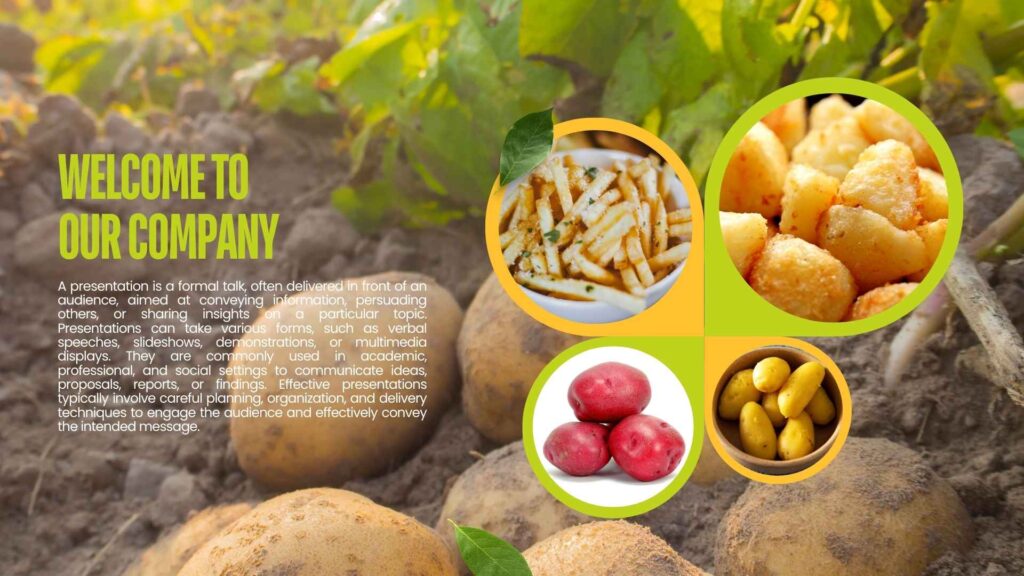
Factors Affecting Potato Prices in Pakistan
Several factors contribute to the fluctuations in potato prices in Pakistan:
- Weather Conditions
- Weather plays a crucial role in crop yields. In 2024, for example, unseasonal rains reduced potato production, leading to a spike in pakistan potato price by over 20%.
- Cost of Fuel and Fertilizer
- The rising cost of diesel, fertilizers, and pesticides has a direct impact on the overall cost of potato farming, resulting in a higher price of potato per kg in Pakistan.
- Transportation and Infrastructure
- Lack of sufficient infrastructure in rural areas leads to higher costs in transporting potatoes to urban markets, further driving up the 1 kg potato price in cities like Karachi and Islamabad.
- Cold Storage
- Insufficient cold storage facilities force farmers to sell at inflated prices when the crop is abundant, pushing up the price of potatoes in Pakistan in off-seasons.
- Import and Export Influence
- Potato exports to countries like Russia can limit local supply, thereby raising the potato price in Pakistan in Indian rupees due to reduced availability in the local market.
Regional Insight into Potato Production and Supply Chain
Punjab is the primary producer of potatoes in Pakistan, accounting for over 80% of the national yield. This contributes significantly to the potato price in Punjab. While Sindh and other regions like Swat and Gilgit produce high-quality potatoes, the latter face logistical challenges in transportation, leading to a rise in prices during the summer months.
- Punjab is the largest potato-producing province, contributing over 80% of the national yield.
- Sindh grows a smaller share but supplies early crops to Karachi and Balochistan.
- Northern Areas produce high-quality potatoes in summer but are limited by road access and short growing periods.
How Farmers Can Maximize Profit
To manage price fluctuations, farmers can adopt the following strategies:
- Invest in cold storage to sell during the off-season and reduce reliance on seasonal market prices.
- Use certified seeds and engage in crop rotation to enhance yields and minimize loss.
- Direct sales models can help farmers avoid price markups by middlemen, reducing overall costs for consumers.
Impact on Consumers and the Market
As the potato price per kg in Pakistan increases, it affects both household budgets and businesses. Fast food chains and households with limited incomes, where potatoes are used as a staple, face pressure due to these hikes. Consumers are advised to buy in bulk when prices are lower, and businesses should be prepared to adjust their pricing models based on changing market conditions.
Government Initiatives and Future Outlook
The Pakistan Agricultural Research Council (PARC) has been working on developing high-yield and disease-resistant potato varieties to combat price fluctuations. Additionally, there is a push for more investment in cold storage infrastructure and improved supply chain practices, which should help stabilize the 1 kg potato price in Pakistan over the long term.
Conclusion
Potatoes are a key agricultural commodity in Pakistan, with potato price today fluctuating across seasons and regions. By understanding the seasonal trends, weather conditions, and supply chain issues that affect potato rates in Pakistan, both farmers and consumers can make informed decisions.
While pakistan potato price per kg has been volatile, advancements in farming techniques, storage infrastructure, and government policy reforms are essential to maintaining a stable and affordable potato market. Keeping track of the potato price in pakistan 2025, including the anticipated potato price in pakistan may 2025, will help both businesses and households adapt to price changes effectively.
See Also;
